The Model 1851 Feldstutzer and its impact on rifle development – Part 1

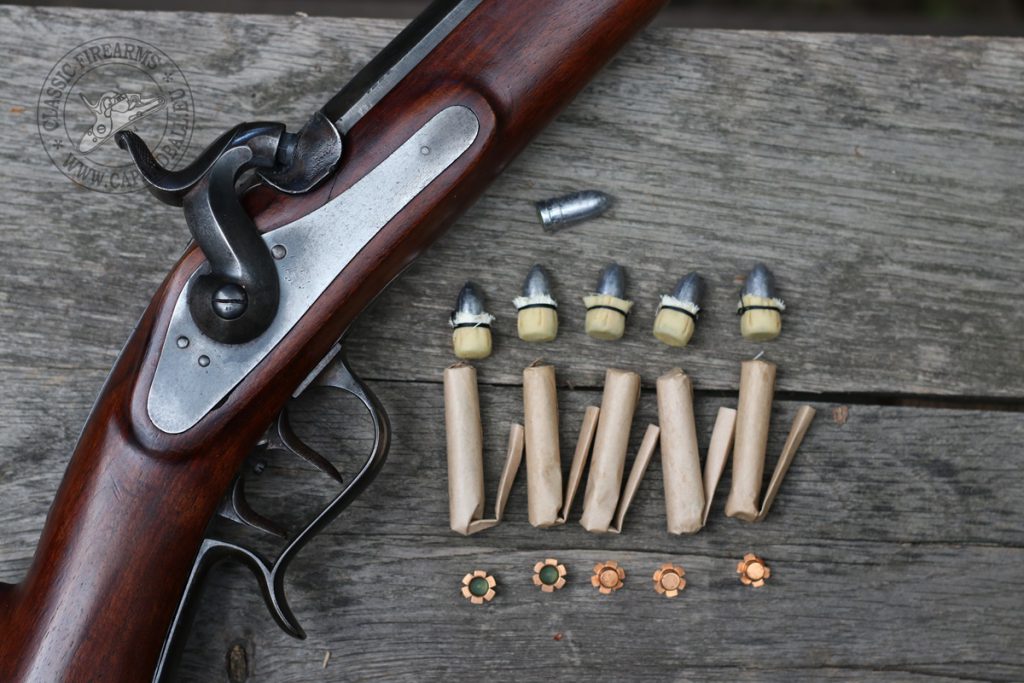
Light infantry, skirmishers, tirailleurs, sharpshooters, snipers, voltigeurs, Jägers. Words that many use as synonyms but in fact each have separate meanings and they cannot be mixed. Usually when we use the sharpshooter term to any of the light infantry units of the 19th century we rather mean elite troops more suitable for skirmishing and other “flexible” tactical tasks than emphasizing their high level of marksmanship. Switzerland is a slightly different case. The Swiss sharpshooter companies played a key role in the development of the light infantry and sniper tactics as these units focused more on marksmanship than any other light infantry troops of European armies. They were troops suitable for the elite infantry role and for the modern style sniper roles as well.
Infantry tactics and firearms development are strongly related to each other. Increasing accuracy with rifling the bore, increasing ballistic performance and firing rate with easy to load conical bullets, and improving reliability with percussion locks. These were the most important trends to follow for the most advanced armies of the mid 19th century. Increasing the effect of infantry fire also demanded to issue the most modern and most effective firearms to not just specialized troops but to each and every single soldier of the army. Committees of well trained riflemen, engineers and officers eagerly sought the path to the ultimate muzzle loading military rifle. The leading armies of France, Great Britain and the Hapsburg Monarchy all settled with relative large calibre (13.7 – 17 mm) 28-40 g compression or expansive bullets fired from rifled arms equipped with precise long range sights. In each case the bullets were slightly smaller than the bore when loaded and the gas pressures upset them upon firing. These bullets were easy to load but they were just as accurate as the obsolete, slow to load patched round ball projectile. Their long range ballistic performance also surpassed any pervious bullets. The muzzle velocity of these bullets was relatively low (290-390 m/s) resulting a highly curved trajectory. The Swiss cantons chose an entirely different path that later set the standards for the development of the small calibre breech loading military rifles.
The birth of the Feldstutzer
Up until 1848 the Swiss cantons were independent, but in 1848 they formed a close alliance to create the Swiss Confederation. One of the most important features of the federal state was the creation of the common ministry of war and Army. One of its very first tasks was to harmonize the weaponry and equipment of the Army. The Model 1851 Federal Rifle, Feldstutzer or Eidigenössischer Stutzer was one of the very first results of this process.

Original drawing of the rifle
The centralization of the independent cantonal armies started at the end of the French occupation in 1817. The cantons accepted a resolution to form a confederate army. In 1832 the centralization continued with electing a head for the central war department and setting up a central authority for the training and organization of the troops. The federal army was in fact raised in 1842 as a border protecting force, and the first general regulations for arms and equipment was accepted in 1843.
This Swiss armed force – not considered a standing army according to the federal constitution – incorporated 71 sniper companies[1] consisting of young, unmarried volunteers who were masters of their rifles. These marksmen used their own civilian rifles for sniper duties. According to the regulations in 1842 their equipment was the following:
“For the sharpshooters: the round ball rifle (Stutzer) with bayonet; the hunting sword, the hunting bag, with accessories and the powder horn. The leather goods are black.”[2] The color of the uniform was dark green with black buttons.[3]
The regular Swiss infantry uniform was blue by these times so the dark green frocks and black leather gear issued to sharpshooters were much better for hiding the soldier. These camouflage colours were not unique in the 19th century. Many countries realized that the roles and duty of light infantry requires suitable and practical gear differing from the general issue infantry standards. The first common uniforms were close copy of the French military uniform, but the regulations also allowed the use of the old gear unless they looked similar to the new equipment.
The exact specifications of the sniper rifles were missing from the regulations just the most important dimensions were set: [4]
- Total length: 1260 mm
- Barrel length: 900 mm
- Weight: 5 to 6 kg
- Caliber: bullet weight 23 bullets to a pound, with a flexibility of two bullets more or less
- Rifling: ¾ – 1 turn a the length of the barrel
The centralization of the Swiss Federal Army remained the most important process of the Kriegsrat. In 1850 a federal law demanded the standardization of the sniper rifles. The war department established a committee from officers of the sharpshooter companies to set the benchmarks of the new arm. The committee submitted its papers on 1st July 1850 and on 13th May 1851 their suggestions were finally accepted by the Federal Council:[5]
- Length: 1262 mm
- Weight with bayonet: 5425 g
- Barrel length: 840 mm
- Calibre: 10.5 mm or 3 7/10 Linien[6] (acceptance: 10,2-11,1 mm)[7]
- Sight: adjustable for windage and elevation in 100 paces increments from 200-1000 paces
- Rifling: 8 grooves and lands, equal size, 0,225 mm deep, 1:900 mm drall

Two original Feldstutzers. The one below is probably civilian.
The regulation standardized each and every single aspect of the rifle and the equipment of the sharpshooter. The central regulation nominated the “Feldstutzer” to be issued to each non commissioned officer and man of the sharpshooter companies.[8] New regulations were published for the entire army. The Ordonnanz of 1852[9] was the first general regulation that precisely set the federal standards for the firearms and equipment of all arms.

The M 1851 bullet without patching…
The Model 1851 rifle at the time of the acceptance was truly the best military rifle of its age. First of all it fired a much smaller diameter and lighter bullet than any other military rifle. While the French military rifle fired a 17 mm bullet, the American and British a 14.7 mm bullet, the Swiss rifle fired a 10.4 mm bullet weighing only 16.5-17 g. The bullet was pushed from the bore with a relatively high 60 grain charge of fine grade black powder resulting a 440 m/s muzzle velocity and a flat trajectory.
Flat trajectory was a key feature as in Switzerland the soldier had to master shooting downhill and uphill. The Swiss army consisted of free people for many centuries. This civilians were more important to the state than to let them being killed in melee combat so sniping the enemy from a safe distance was always an important element of the Swiss tactics since the introduction of firearms. It is also a reason why the shooting sports have been always so popular in this beautiful little country.

…and with patching.
Each aspect of this rifle served the purpose of accurate rifle fire: the sight could be adjusted from 200-1000 paces very accurately. The rifle had a double set trigger system. The front trigger released the hammer at cca 3000 g pressure, while after setting the system the necessary force dropped to 100-120 g.[10] The set trigger was adjustable so even better trigger release could be obtained by turning the screw behind the first trigger. The stock was just as advanced and comfortable as a target rifle. The ramrod had a disc attached to the end to prevent crushing the powder when ramming the bullet in place. When the bullet was pushed on the powder 4.5-6 mm airspace remained between bullet and powder.[11]
This loading principle was invented by Johannes Wild an engineer and officer of the Swiss infantry.[12] Wild was a well known rifle constructor in the mid 19th century. The most important characteristics of the Feldstutzer already appeared on his rifle submitted for the official tests of the joint rifle proving commission of Baden and Hessen in 1843.[13] The set trigger system, the rifled bore – although of larger 16.75 mm caliber -, the method for attaching the bayonet, the adjustable long range – Quadrant – sight and also the disc attached to the ramrod were already key features of his Swiss/Germanic style “Schützen” rifle. According to the official results the rifle that Wild has submitted had essential advantages over all the rest in all circumstances and on all distances. The key element of the success of Wild’s rifle was the conical bullet wrapped in a greased cloth patch[14] and the disc on the ramrod to prevent crushing the powder. These features secured even gas pressures and muzzle velocities.[15] Wild examined and range tested all rifled arms of the Swiss cantonal sharpshooter companies in the early 1840s to choose the best characteristics for a future common standardized rifle. The young officer published an extensive study summarizing the outcome of his experiments in 1844.[16] It is obvious that his views were reflected strongly in the features of the Model 1851 Feldstutzer.
The first cartridge to be issued to the new federal rifle was the Model 1851 cartridge based on Wild’s forcing principle. The paper case held 4 grams[17] of fine grade – according to the Swiss terminology No. 4. granulation[18] – black powder. According to the Swiss system the military powders were differentiated in 10 different granulation. The corns were rounded and separated with sieves:[19]
| Corn diameter in Swiss units (Punckt) | Corn diameter in mm | |
| No. 1. | 2 | 0.6 |
| No. 2. | 3 | 0.9 |
| No. 3. | 4 | 1.2 |
| No. 4. | 5 | 1.5 |
| No. 5. | 6 | 1.8 |
| No. 6. | 7 | 2.1 |
| No. 7. | 8 | 2.4 |
| No. 8. | 9 | 2.7 |
| No. 9. | 10 | 3 |
| No. 10. | 12 | 3.6 |
The finer the granulation is, the faster the powder burns and the more gas pressure it generates. The mixture of the elements of the Swiss military powders were 75 % saltpeter, 11 % sulfur and 14 % coal.[20]
The 10.4 mm diameter, 17 g weighting and 24 mm long bullet designed by a colonel of the artillery, Wurstemberger[21] was separated from the cartridge in a pouch. It was wrapped in Wild’s 10 ½ Linie (31.5 mm) diameter cotton patch saturated with a mix of 1/3 sheep tallow and 2/3 pig lard.[22] The patch was secured to the bullet with a string. The patches were made of tight woven cotton fabric. The thickness of 20 patches was 2 ½ Linie (7.5 mm) thick, so the thickness of one patch was 0.375 mm.[23] In theory the patch would separate from the bullet upon firing. The concept of the patched conical bullet was not popular in Europe; in fact this is the only occasion when it was accepted for military service. In theory the bullet was significantly smaller than the land to land diameter of the bore to facilitate loading. The patch was responsible for creating the physical contact between bullet and rifling and for sealing the gases generated by the charge. The lubrication applied to the patch helped in keeping the fouling soft in the bore so upon repeated loading the residues could be kept at a reasonable level so the rifle could be loaded with the same force each time.
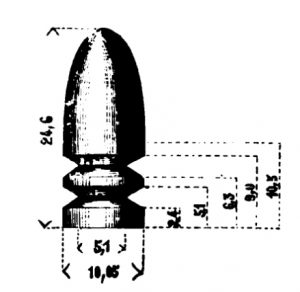
The M 1856 compression bullet
The forcing principle however did not last long as armies were intensively looking for fast loading, easy to manufacture and cheap cartridge constructions. The Wild – Wurstemberger system did not effectively meet these requirements. In 1856 a new bullet was accepted for service. It was a down scaled copy of the Lorenz/Wilkinson type compression bullet. It was inserted in the cartridge backwards and loaded with the greased paper case as patching. This loading method shows the strong influence of the French Minié system. The compression bullet weighted 16.6 g and had a diameter of 10.11 mm.[24] Proving the French connection a new bullet design was introduced again in 1863: a Minié-style long bullet designed by an equipment manager from Luzern, Buholzer. It was loaded the same way as the compression bullet, but it worked on the Minié principle having a deep skirt at the base. The Buholzer bullet was heavier than its predecessors. It weighted 18.25 g and had a diameter of 10.2 mm.[25] The cartridge was rolled from two paper sheets: the powder case was formed from a light cardboard sheet measuring 40×67 mm and the outer envelope was rolled from a 124x38x68 mm trapezoid. The lubrication was applied with dipping the bullet end of the cartridge into the molten lard-tallow mix.[26]
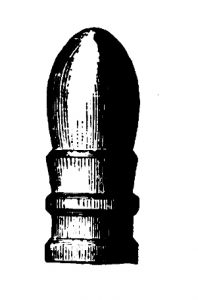
The Buholzer MInié
These bullets were nearly half as heavy as any other military rifle bullets of the era, while they were backed with the same black powder charge. Lighter weight same charge resulted increased muzzle velocity. The soldier had 60 cartridges, 80 caps[27] (and 60 bullets) in the cartouche with another 2 pounds of soft lead and a bullet mold.[28] Each soldier was responsible for his own bullets and cartridges so they received enough paper and lead, and also the tools necessary. The bullet mold was accompanied by a ladle for melting the lead, and a circular punch to make the patches. Each soldier carried 60 patches as well in the cartouche.[29] Other accessories included a screw driver with nipple wrench, two spare nipples and a covered front sight tied together with string, a tompion to protect the bore and a black leather sling.[30]
The caps could be the standard large 6 mm caps and the smaller “civilian” cca 4 mm caps as well.[31] According to the 1854 edition of the Schweizerische Militär-Zeitung the Canton of Tessin converted 400 rifles to use the smaller caps, as the explosion of the large caps was disturbing the shooter therefore had a negative effect on accuracy.[32]
The reputation of the Eidigenössicher Stuzer was excellent in the middle of the 19th century. Leading military theorists praised its capabilities highlighting that the small caliber would be the future of firearms development. Friedrich Engels, the well known theorist of socialism summarized its advantages the following way:
„The most modern and the best rifle constructed upon the forcing principle[33] is the new Swiss sharpshooters regulation rifle. This arm has adopted the American principle of a very small caliber; its bore is not more 10’50 millimeters, or 0’42 of an inch. The barrel is but 28 inches long and has eight flat grooves (one turn in 34 inches). The ramrod is provided with the disc as introduced by Wild. The bullet is cylindro-ogival, and very long; it is forced home by means of a greased plaster. The charge is comparatively strong, and of a very coarse-grained powder. This arm has shown the most astonishing effects; and in the trial of various rifles recently made by the Dutch government, its range, accuracy and lowness of trajectory were found to be unequalled, In fact, at a range of 600 yards, the highest point of its trajectory is only 8 feet 6 inches, so that the whole of the flight, at that range, is dangerous space for cavalry, and that even for infantry file last 100 yards of the trajectory are dangerous space; in other words, an error in judging distance of 100 yards, at 6oo yards range, would not prevent the bullet from hitting an object six feet high. This is a result far surpassing that of any other rifled musket; the very best of them require an elevation which raises the highest points of the trajectory, for 600 yards, to 13 to 20 feet and reduces the dangerous space from 6o to 75 yards. This extraordinary flatness of trajectory is produced by the small calibre of the arm, which admits of a very elongated bolt-shaped shot, and of a comparatively powerful charge; with a small bore, the rifle may be made very strong, without being clumsy, the shot may be long, without being heavy, and the charge may be powerful, relatively, without producing too severe a recoil. It is certain that the forced loading has nothing to do with the admirable shooting of the arm; indeed, it forms its only drawback and prevents it from being used as the general arm of infantry. The Swiss have, therefore, restrained it to their companies of sharpshooters, in whose hands, no doubt, it will answer uncommonly well.[34]
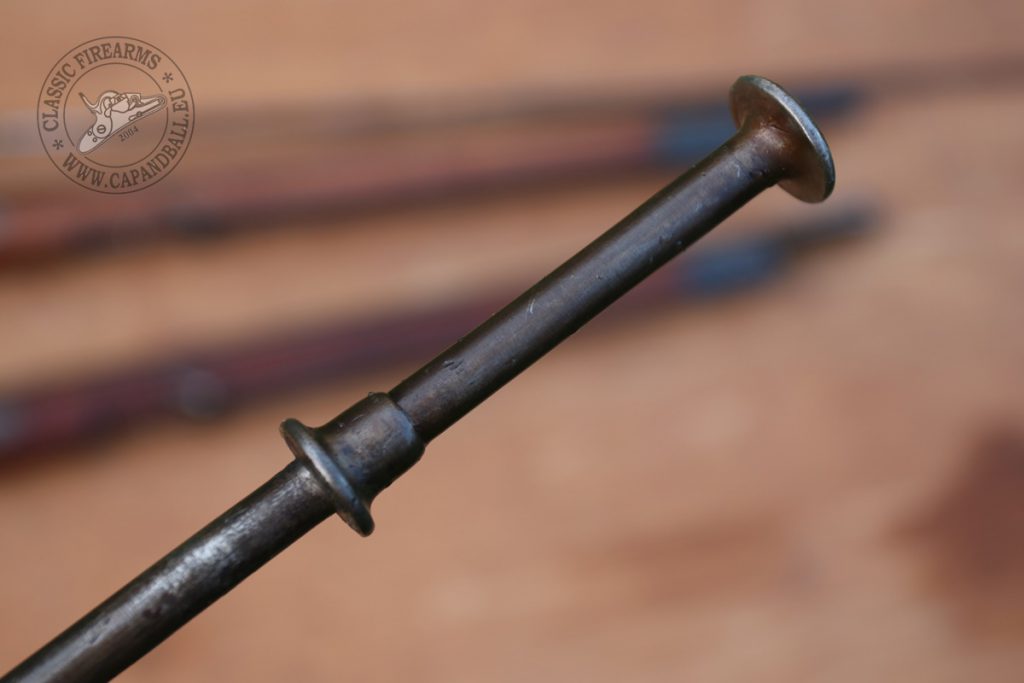
Wild’s disc on the ramrod
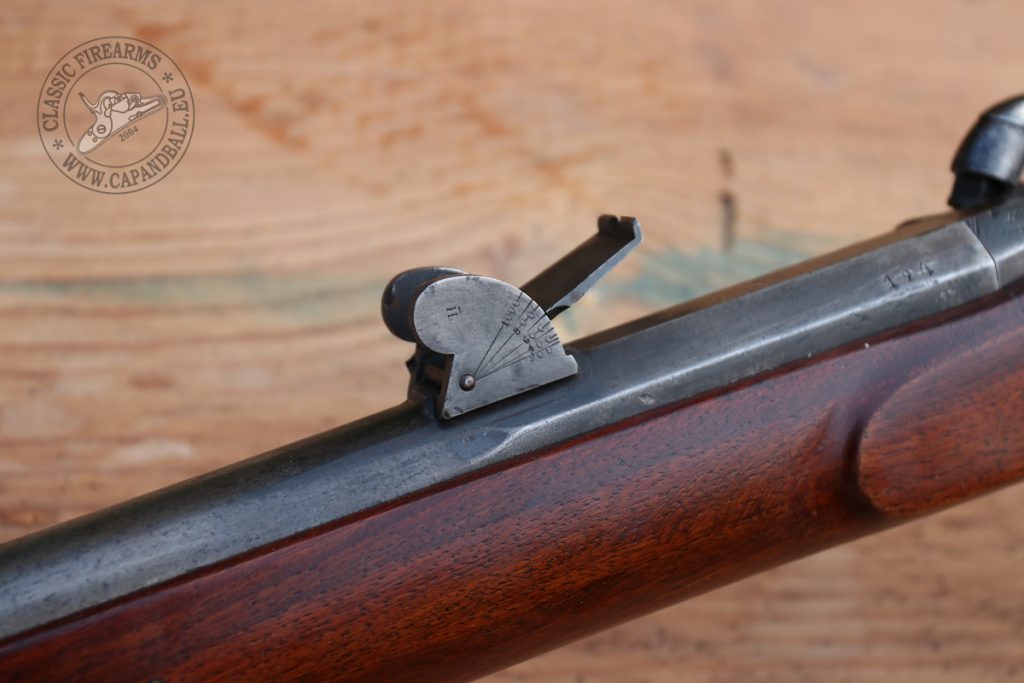
The Swiss long range sight
Historical data on the ballistics of the Model 1851 Feldstutzer
The accuracy of the Feldstutzer was unmatched in the 1850s: according to contemporary tests the better half of the shots fired to a target at 225 m grouped at a circle of only 8 cm diameter. A result still considered excellent for a military rifle today. A contemporary book – Das Deutsche Wehr- und Schützenwesen – printed in 1862 gives a more detailed insight about the accuracy of the Feldstutzer compared to the most important military rifles of the era showing the radius of the group at specific distances in centimeters:[35]
| 200 paces[36] | 400 paces | 600 paces | 800 paces | |
| Modern target rifle with patched conical bullet CDA | 8 | 33 | 150 | n.a. |
| Minié rifles with 17,5-18 mm calibre EFA | 20 | 50 | 85 | 125 |
| Pillar breech military rifles of large calibre GHA | 17 | 36 | 57 | 80 |
| 13,9 mm Austrian rifle JKA | 12 | 30 | 50 | 75 |
| Swiss Feldstutzer LMA | 8 | 17 | 32 | 48 |
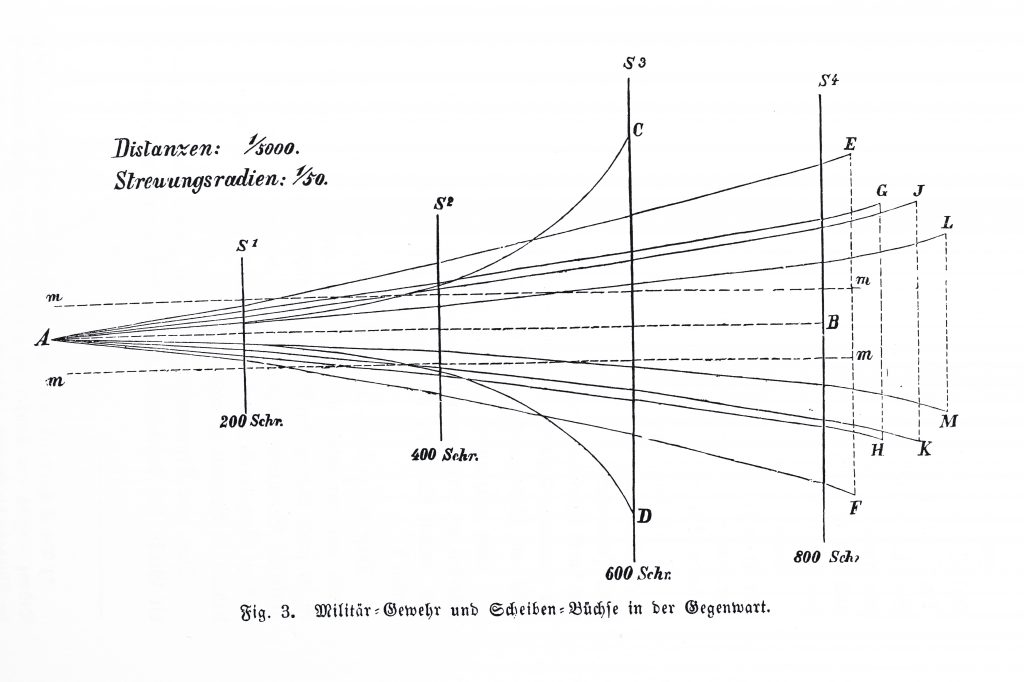
The group of the M 1851 cartridge at various distances
The study also offers a detailed comparison of the external ballistics of these rifles. The tables compare the height of the trajectory of each rifle while aiming at a horse soldier at 800 paces. At 400 paces the height of the Feldstutzer’s ballistic curve is 6.63 m and still elevating. At the same distance the Austrian military rifle’s bullet passes at the height of 7.33 m while the bullet of a French Minié rifle is at 10.73 m.[37] The lighter bullet and higher velocity results a flatter trajectory, a very favorable quality for a military firearm. Flatter trajectory means that a larger portion of the battlefield is covered without the need for resetting the sight’s elevation. It also means that any error in judging distances will have less effect on the probability to hit the enemy soldier.
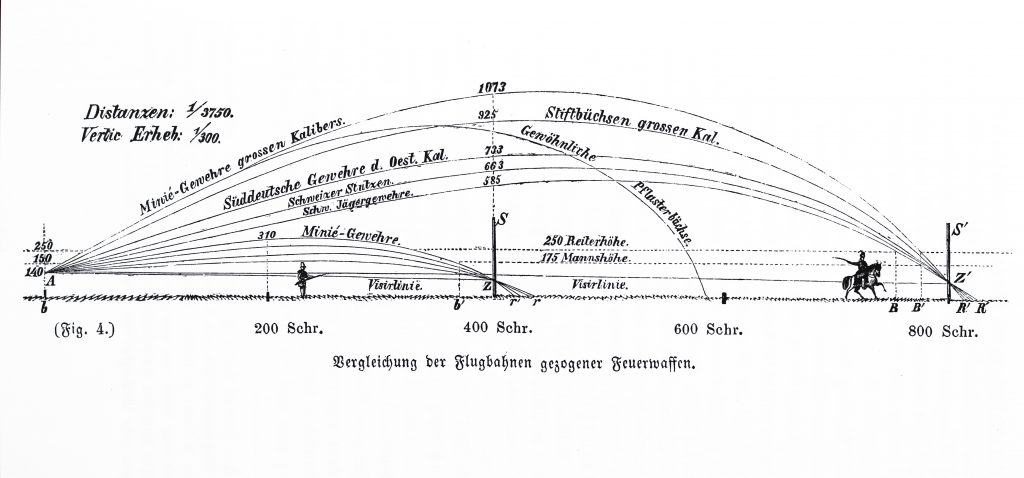
Trajectory of the Swiss rifle compared to contemporary military rifles
It is also important to understand the benefits of less elevation of the bore to aim at larger distances. The less bore elevation is needed to hit an object at a longer range the more comfortable the hold of the rifle will be hence the more accurate the shot will be. The reason is simple: the rifle stocks and sights of the mid 19th century military rifles were designed to fit the average soldier’s body when aiming at a target at 50 – 300 paces. If the soldier needs to raise the rear sight of the rifle to target the enemy soldier at a longer distance his head – originally resting on the top of the butt stock – will detach from the stock resulting a more insecure hold. The less elevation is needed – the shorter the rear sight is – the better his hold will be. A good indicator of the ballistic performance of the rifles is the degree of elevation of the bore axis to aim at different distances:[38]
| 200 paces | 300 paces | 400 paces | 500 paces | 600 paces | 700 paces | 800 paces | |
| Swiss Feldstutzer | 0grad 14min | 0grad 23 min | 0grad 31min | 0grad 45min | 1grad 1min | 1grad 17min | 1grad 34min |
| Swiss Jäger rifle | 0grad 14min | 0grad 23 min | 0grad 31min | 0grad 42min | 0grad 55min | 1grad 9min | 1grad 25min |
| 13,9 mm Austrian rifle | 0grad 21min | 0grad 33 min | 0grad 46min | 1grad 1min | 1grad 18min | 1grad 36min | 1grad 57min |
| Pillar breech military rifle 17-18 mm | 0grad 35min | 0grad 52 min | 1grad 11min | 1grad 31min | 1grad 53min | 2grad 17min | 2grad 44min |
| Minié rifle 17-18 mm | 0grad 35min | 0grad 57 min | 1grad 20min | 1grad 45min | 2grad 12min | 2grad 40min | 3grad 10min |
The advantage of the Feldstutzer is clearly visible: less than 50% bore elevation was needed to hit the target at the specific distances than as needed for the French Minié rifles. It is also important to point out that the closest competitor of the Swiss rifle was the 13.9 mm Model 1854 Austrian rile. These rifles fired a 28 g Lorenz-style compression bullet with a muzzle velocity of 375-390 m/s. This velocity is nearly 100 m/s more than of the French rifles of the era.
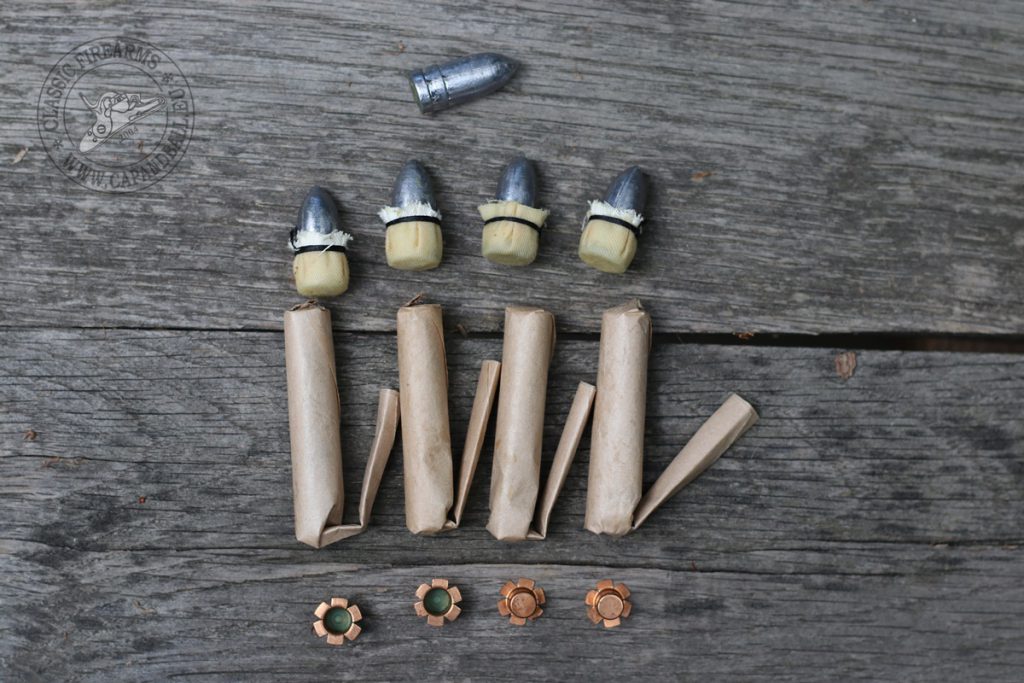
Reproduction of the M 1851 cartridges
The killing power was also an indicator of the effectiveness of the rifles. However the science of terminal ballistics was not advanced enough to describe the exact effect of the bullet entering the living body. A little – or nothing – was known about energy transfer, temporary and permanent cavity, nor did they understand the relations between velocity and bullet deformity. The common method for the determination of killing power of the rifle was to check the bullet’s penetration at various distances. For this purpose each armies used pine wood planks. In a test published in 1862 various military rifles were fired to three distances. The target was a bundle of 1.5 cm thick pine wood planks. The number under the distances columns indicate the number of planks the bullet penetrated.[39]
| Bullet calibre (mm) | Bullet weight (g) | Muzzle velocity (m/s) | Penetration at 550 paces | Penetration at 700 paces | Penetration at 900 paces | |
| Swiss Jägerstutzen | 10 | 16.6 | 470 | 8.6 | 8 | 7 |
| Military rifle from Bayern with the 13,9 mm Austrian calibre | 13.5 | 29.6 | 390 | 8 | 7.7 | 6 |
| British Enfield rifle | 14.4 | 34.7 | 360 | 7.4 | 4.6 | 4.4 |
| Tirailleur rifle from Holland | 16.4 | 39 | 330 | 9.5 | 11 | 3.5 |
The Model 1851 Eidigenössischer Stutzer was in fact the role model for many countries in changing to smaller calibers and it marked the birth of a new muzzle loading military rifle family in the Swiss Federal Army. In 1856 a small caliber rifle[40] was accepted for the Jäger companies of the infantry battalions and in 1863 a new infantry rifle was accepted to replace all the large caliber infantry arms. The Jägers were the integrated light infantry within the structure of the infantry battalion. Each battalion consisted of 6 companies: 4 Fusilier companies and 2 Jäger companies. Jägers were selected elite soldiers. The healthy and strong middle aged men above the height of 5 Fuß 2 Zoll (156 cm) were collected from the Fusilier ranks if they were also experienced with the rifle.[41] Their primary duty was to fight in open order to fulfill the skirmishing tasks and other traditional light infantry duties.
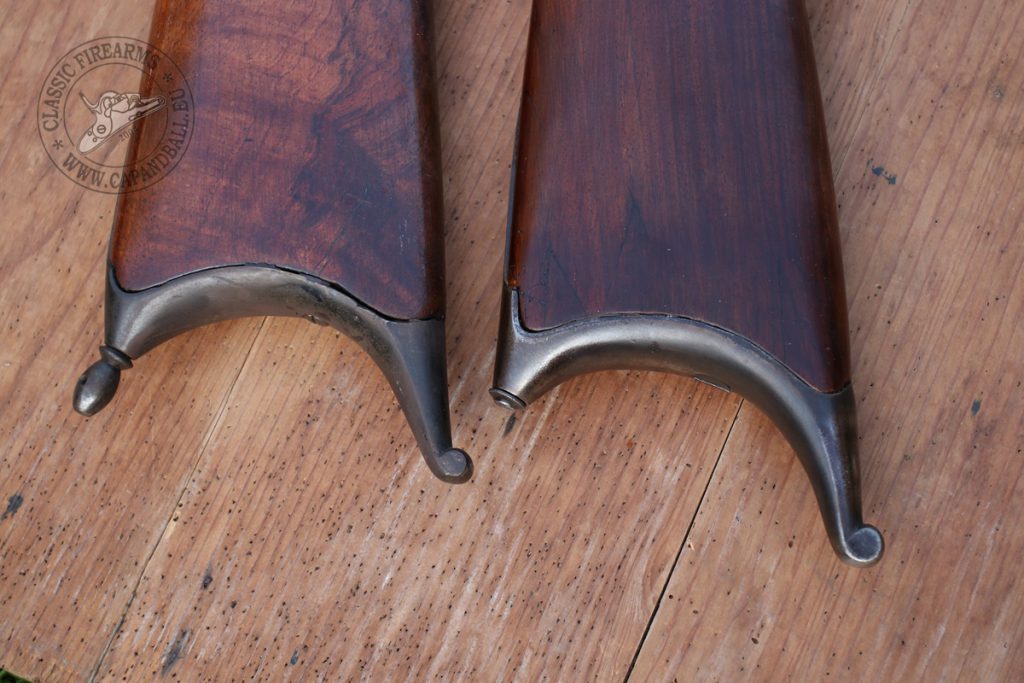
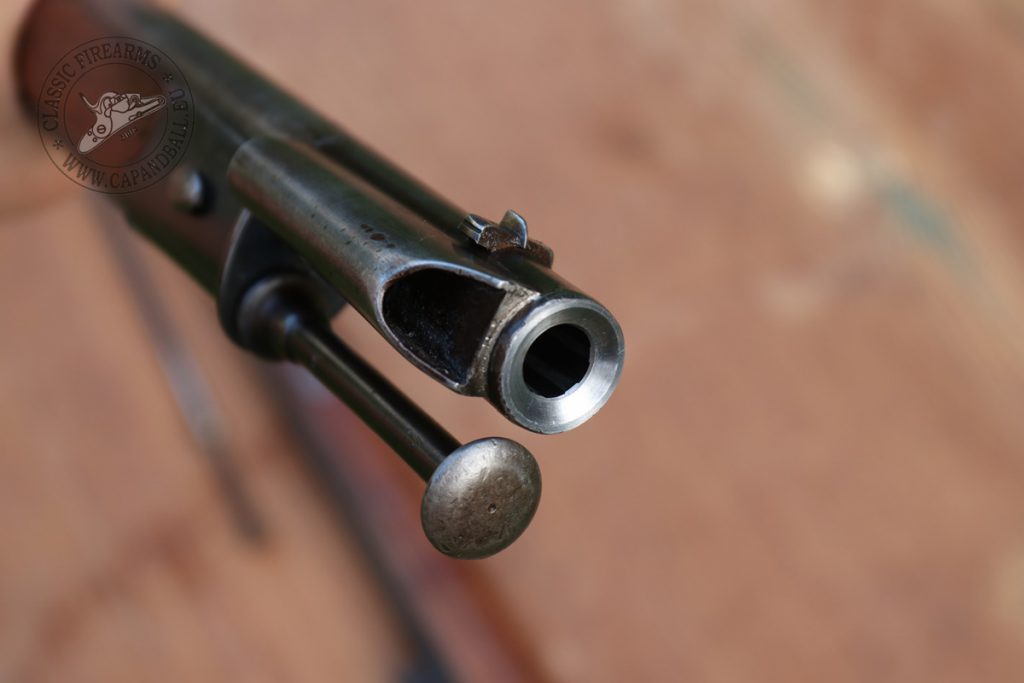
The bajonet lug
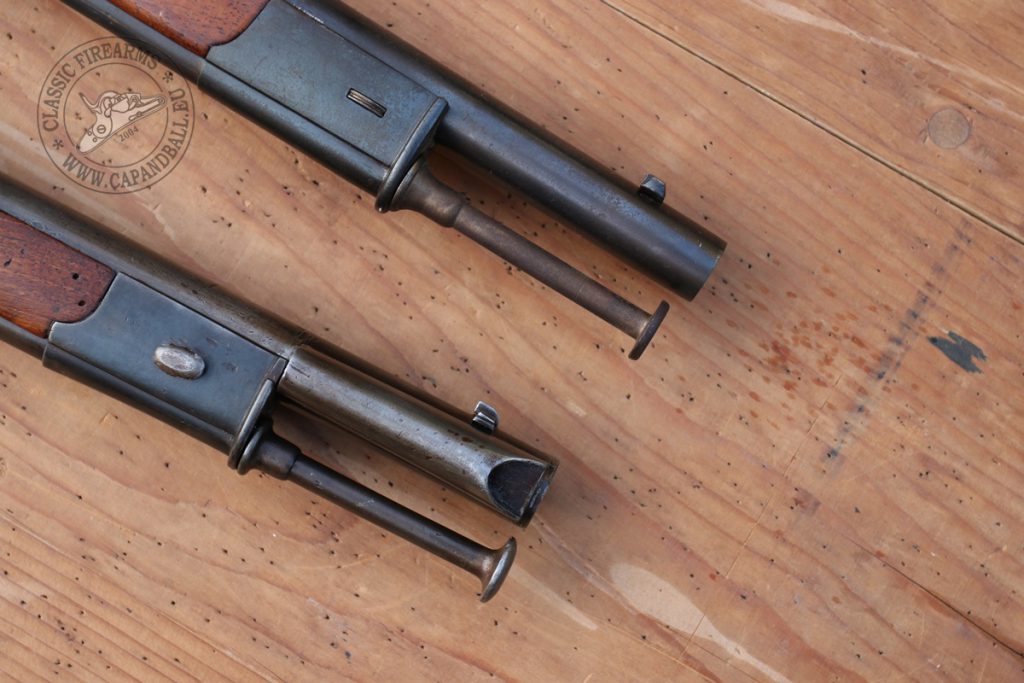
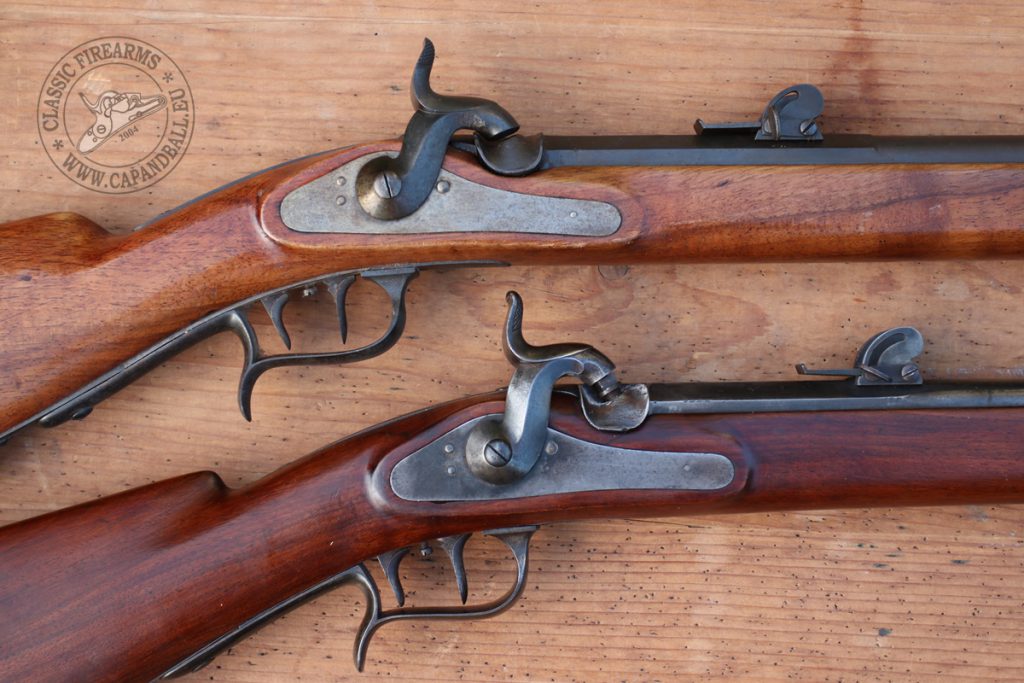 The Feldstutzer could not remain in service for long as the advantages of the breech loading principle spread fast in the modern armies. From 1863 majority of the small caliber Feldstutzers, Jägergewehrs and infantry rifles were converted to breech loading utilizing a Milbank-Amsler breech to fire a 10.4×38 rimfire cartridges. Although the Swiss small caliber muzzle loading military rifle never saw action it still had a great impact on firearms development. Being the first small caliber military rifle it paved to road for such firearms constructors as Sir Joseph Whitworth, Josef Werndl, Alexander Henry or Peter and Paul Mauser. It also inspired a wide range of 10-11 mm military cartridges including the Chassepot, Vetterli, Werndl, Mauser and Martini-Henry rounds. The Feldstutzer is a good proof that a rifle not necessarily has to kill to have an impact on history.
The Feldstutzer could not remain in service for long as the advantages of the breech loading principle spread fast in the modern armies. From 1863 majority of the small caliber Feldstutzers, Jägergewehrs and infantry rifles were converted to breech loading utilizing a Milbank-Amsler breech to fire a 10.4×38 rimfire cartridges. Although the Swiss small caliber muzzle loading military rifle never saw action it still had a great impact on firearms development. Being the first small caliber military rifle it paved to road for such firearms constructors as Sir Joseph Whitworth, Josef Werndl, Alexander Henry or Peter and Paul Mauser. It also inspired a wide range of 10-11 mm military cartridges including the Chassepot, Vetterli, Werndl, Mauser and Martini-Henry rounds. The Feldstutzer is a good proof that a rifle not necessarily has to kill to have an impact on history.
Balázs Németh, 2018.
Part 1: The Model 1851 Feldstutzer and its impact on rifle development – Part 1
Part 2.: The Swiss Feldstutzer – Part 2: recreating the Model 1851 cartridge
Part 3: The M 1856 and M 1863 cartridges and range tests of the Feldstutzer
Part 4: Shooting the Feldstutzer to 100-300 meters
Part 5: Terminal ballistics of the Buholzer cartridge
[1] Dr. Reinhold Günther: Allgemeine Geschichte der Handfeuerwaffen. Leipzig, 1909. p38-39
[2] Militär-Reglement für die Schweizerische Eidgenössenschaft. Zürich, 1846. p72
[3] Militär-Reglement für die Schweizerische Eidgenössenschaft. Zürich, 1846. p92
[4] Rudolf Schmidt: Allgemeine Waffenkunde für Infanterie. Bern, 1888. p54
[5] Beschluss des Schweizerischen Bundesrathes betreffend die Bewaffnung und Ausrüstung der Scharfschützen
[6] SMZ 1854. p24
[7] Wilhelm von Ploennies: Neue Studien über die gezogene Feuerwaffe der Infanterie, 2. band. Darmstadt & Leipzig, 1862. p177
[8] Bundesgesetz über die Bekleidung, Bewaffnung und Ausrüstung des Bundesheeres 1851 Art. 39.
[9] Reglement über die Bekleidung, Bewaffnung und Ausrüstung des Bundesheeres. Zürich, 1852.
[10] Based on the measurement of the trigger pull of three original Model 1851 rifles.
[11] Julius Schön: Das gezogene Infanterie-Gewehr. Dresden, 1855. p75
[12] Dr. Reinhold Günther: Allgemeine Geschichte der Handfeuerwaffen. Leipzig, 1909. p38-39
[13] Vereinte Großherzoglich Badische und Großherzoglich hessische Prüfungskommission. Hans-Dieter Götz: Militärgewehre und Pistole der deutschen Staaten 1800-1870. Stuttgart, 1978. p186
[14] German terminology for this loading method: Passkugel, English phrase: forcing principle, French: balle forcée
[15] Karl Theodor Sauer: Grundriss der Waffenlehre. München, 1869. p257
[16] Johannes Wild: Über Stutzer oder Büchsen. Zürich, 1844.
[17] According to the regulation weighting 1/130-1/120 to a Swiss pound. Beschluss des Schweizerischen Bundesrathes betreffend die Bewaffnung und Ausrüstung der Scharfschützen; Julius Schön: Das gezogene Infanterie-Gewehr. Dresden, 1855. p75
[18] According to Karl Theodor Sauer the Swiss military black powder consisted of 77 ½ part saltpetre, 9 part sulfur and 13 ½ part coal. Karl Theodor Sauer: Grundriss der Waffenlehre. München, 1869. p133
[19] DMMB. 1857. p424
[20] Hugo Schneider, Michael am Rhyn: Bewaffnung und Ausrüstung der Schweizer Armee – Eidgenossische Handfeuerwaffen. Zürich, 1979. p115
[21] Dr. Reinhold Günther: Allgemeine Geschichte der Handfeuerwaffen (Leipzig, 1909) p38-39
[22] Beschluss des Schweizerischen Bundesrathes betreffend die Bewaffnung und Ausrüstung der Scharfschützen. 1853. p260
[23] Beschluss des Schweizerischen Bundesrathes betreffend die Bewaffnung und Ausrüstung der Scharfschützen. 1853. p260-261
[24] Wilhelm von Ploennies: Neue Studien über die gezogene Feuerwaffe der Infanterie, 2. band. Darmstadt & Leipzig, 1862. p179-180
[25] Wilhelm von Ploennies: Neue Studien über die gezogene Feuerwaffe der Infanterie, 2. band. Darmstadt & Leipzig, 1862. p184
[26] Wilhelm von Ploennies: Neue Studien über die gezogene Feuerwaffe der Infanterie, 2. band. Darmstadt & Leipzig, 1862. p185
[27] Julius Schön: Das gezogene Infanterie-Gewehr. Dresden, 1855. p75
[28] The cartridges were shipped in paper packages of 10 with 13 caps included.
[29] Julius Schön: Das gezogene Infanterie-Gewehr. Dresden, 1855. p75
[30] Beschluss des Schweizerischen Bundesrathes betreffend die Bewaffnung und Ausrüstung der Scharfschützen
[31] According to the 1851 regulation the size of the cap was 1 Linie and 8 Striche = 5.4 mm, so it refers to the original large caps. Beschluss des Schweizerischen Bundesrathes betreffend die Bewaffnung und Ausrüstung der Scharfschützen. 1851.
[32] SMZ 1854. p124
[33] „forcing principle” The terminology describes the patched conical bullet system.
[34] Friedrich Engels: The history of the rifle. in: Engels as a military critic. University of Manchester, 1952. p47
[35] Anonymous: Das Deutsche Wehr- und Schützenwesen. Darmstadt, Leipzig, 1862. p40
[36] 1 pace = 0,75 m
[37] Anonymous: Das Deutsche Wehr- und Schützenwesen. Darmstadt, Leipzig, 1862. p42
[38] Data are published in Gradian. 400 grad = 360 degree. 1 grad = 60 minutes. Anonymous: Das Deutsche Wehr- und Schützenwesen. Darmstadt, Leipzig, 1862. p46
[39] Anonymous: Das Deutsche Wehr- und Schützenwesen. Darmstadt, Leipzig, 1862. p63
[40] Verordung über die Beschaffenheit der Gewehre und Ausrüstung der Bataillons-Büchsenschmied-Werkzeugkisten. p268-272 description of the rifle, p283-286 description of the cartridge
[41] Auszug aus dem Reglement hinsichtlich der Eigenschaften, welche bei der Auswahl der Mannschaft (Infanterie) für jede Waffengattung zu beachten sind, vom 20. Heumonat 1843. p368


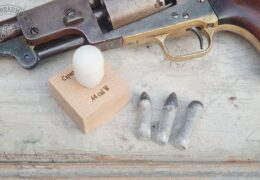
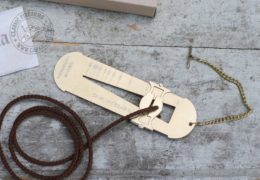

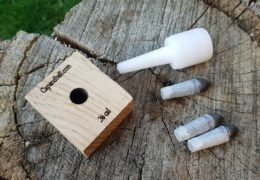
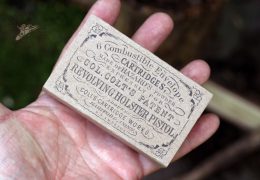


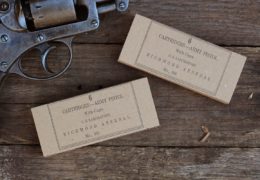
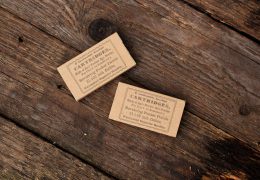






Oh my God!!I missed the last lines.
Fantastic studio. Did you know there are 1851 feldstutzer converted in 10,4x30R rimfire in Milbank Amsler style? I bought one just today and I’d like to send you some pics.
My best
Giuseppe
Dear Giuseppe,
They are very nice rifles indeed. The trap door style breech always fascinated me: Sprfingfield Trapdoor, Wanzl and Feldstutzer conversions are my favorites!
Best regards,
Capandball